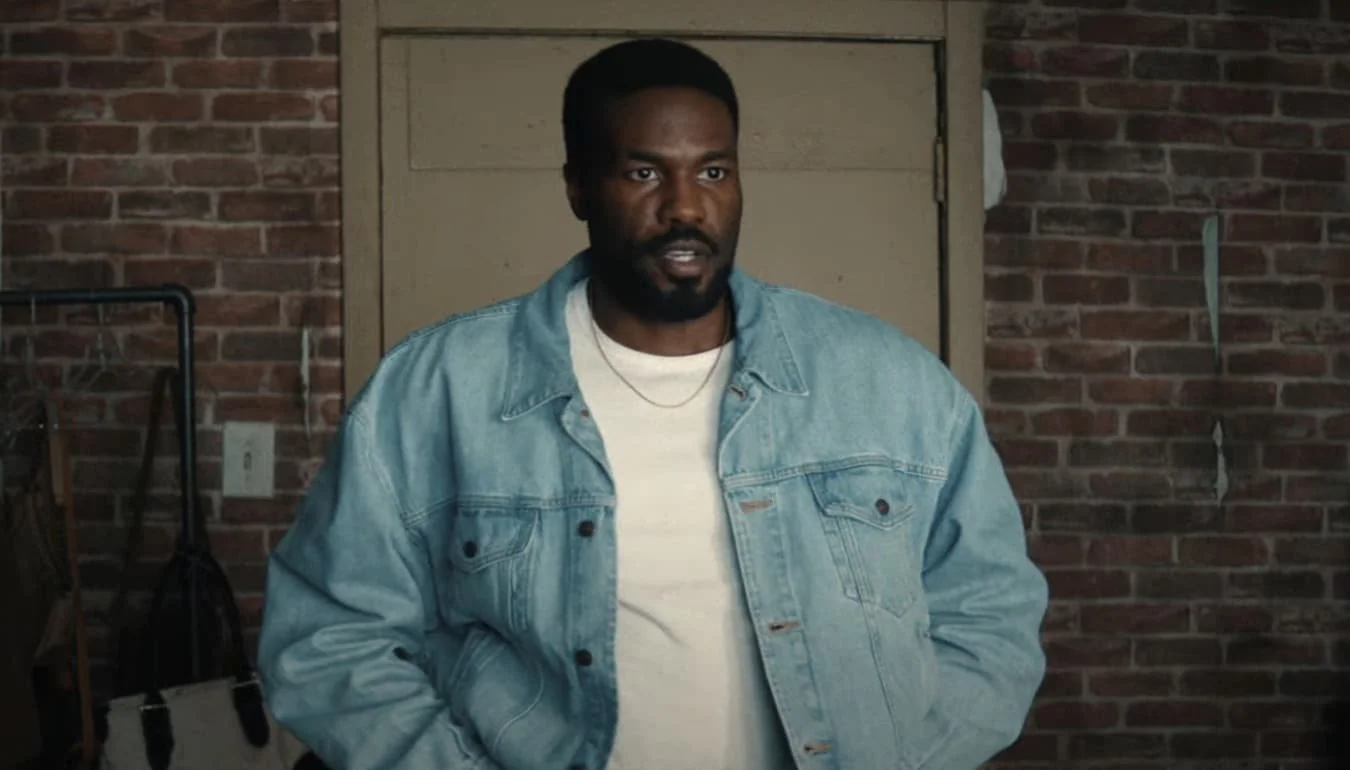Baby Driver
/
After a brief hiatus, director Edgar Wright returns wit the debut trailer for Baby Driver at this past week’s South by Southwest Film Festival. In interviews, the Scott Pilgrim vs. the World and Shaun of the Dead director promised us a film powered by music. In the Baby Driver teaser trailer, we are introduced to the protagonist, Baby, who suffers from tinnitus (a constant ringing in the ears). As such, he relies on music to help him focus and drown out this aural hypersensitivity. This plot device translates well to a trailer that uses some clever sound effects editing.
Despite previewing a film with a musical focus, this trailer is framed by the subtle but brilliant use of sound effects. Right away, we’re treated to a unique studio card sequence as the logos adorn a stack of 45s bearing studio names are passed through inside a jukebox. Cleverly, we see the jukebox selecting the song which will extend the length of the trailer – a cover of by BOGA of Martha Reeves and the Vandellas' "Nowhere to Run." Some clever layering of sound allows us to imagine the revving engine at 0:20 as an supradiegetic effect that expresses the character’s sudden attention before it is matched up in the next scene with the car. (To paraphrase musicologist Rick Altman, his term, “supradiegetic,” means a sound that seems to belong to characters’ actions, appearing to be diegetic in nature, but simultaneously clearly belonging to the extradiegetic musical track, outside the sound world of the film.) From a film theory perspective, this is a sound bridge – a classic editing technique in the continuity editing style. At 1:02 we hear the still-in-vogue “power station shutting down” sound effect (see here for more on this industry trend) as Baby steers his car dangerously to park, leading into the second part of the trailer’s dramatic arc. At 1:21 through 1:29 we hear the rhythmic pulse sound of a car’s warning signal, originating at a point and volume that sounds appropriate, but quickly increasing in volume as the scene changes and Baby is threatened, somewhere in the middle crossing over into nondiegetic sound space.
As the release date card is revealed at 1:34, we enter the last third of trailer as the song vocals finally enter in. However, again, sound effects are oversized. For instance, we hear a car revving, whirring helicopter blades, and even a girl blowing bubbles with corresponding sound effects mixed distinctly above the music from 1:35-1:41, before the music drops out entirely for two seconds for a few more car-related sounds, and cutting back in without missing a beat. At 1:45 we again see and hear a supradiegetic moment when the girl lip syncs to the lyric “baby” in the music. Clearly, the trailer is using a wide array of sound editing techniques both to engage the viewer, and perhaps also to emphasize the sensitivity that the film’s protagonist has to sound.
The trailer only takes a break from its insistent soundscape at 2:02, when it stops for a quick scene to show off a bit of that trademark Wright-esque comedic dialogue, before wrapping up at 2:12 and ending with -- of course -- a revving engine, with additional reverb and bass to make it sound appropriately epic as the final “note”.
– Curtis Perry







